
Entomology is the scientific study of insects, a branch of zoology. In the past the term insect was less specific, and historically the definition of entomology would also include the study of animals in other arthropod groups, such as arachnids, myriapods, and crustaceans. This wider meaning may still be encountered in informal use.
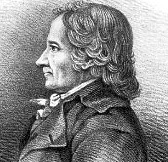
Johan Christian Fabricius was a Danish zoologist, specialising in "Insecta", which at that time included all arthropods: insects, arachnids, crustaceans and others. He was a student of Carl Linnaeus, and is considered one of the most important entomologists of the 18th century, having named nearly 10,000 species of animals, and established the basis for the modern insect classification.
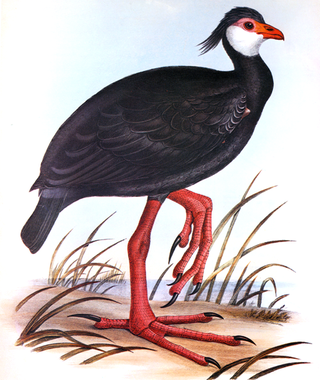
George Robert Gray FRS was an English zoologist and author, and head of the ornithological section of the British Museum, now the Natural History Museum, in London for forty-one years. He was the younger brother of the zoologist John Edward Gray and the son of the botanist Samuel Frederick Gray.

John Obadiah Westwood was an English entomologist and archaeologist also noted for his artistic talents. He published several illustrated works on insects and antiquities. He was among the first entomologists with an academic position at Oxford University. He was a natural theologian, staunchly anti-Darwinian, and sometimes adopted a quinarian viewpoint. Although he never travelled widely, he described species from around the world on the basis of specimens, especially of the larger, curious, and colourful species, obtained by naturalists and collectors in England.

Dru Drury was a British collector of natural history specimens and an entomologist. He received specimens collected from across the world through a network of ship's officers and collectors including Henry Smeathman. His collections were utilized by many entomologists of his time to describe and name new species and he is best known for his book Illustrations of natural history which includes the names and descriptions of many insects, published in parts from 1770 to 1782 with most of the copperplate engravings done by Moses Harris.

James Francis Stephens was an English entomologist and naturalist. He is known for his 12 volume Illustrations of British Entomology (1846) and the Manual of British Beetles (1839).

George Vernon Hudson FRSNZ was a British-born New Zealand entomologist credited with proposing the modern daylight saving time. He was awarded the Hector Memorial Medal in 1923.
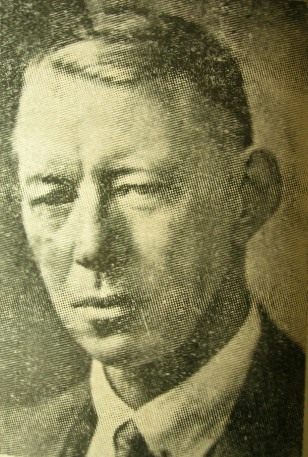
Thomas Bainbrigge Fletcher was an English entomologist. Although an amateur lepidopterist who worked in the Royal Navy, he became an expert on "microlepidoptera" and was appointed as the second Imperial Entomologist in India to succeed Harold Maxwell Lefroy. Although only an amateur entomologist, he is credited with reorganizing entomological research in India by coordinating and directing research, efficient sharing of findings and a reduction in duplication of research work.
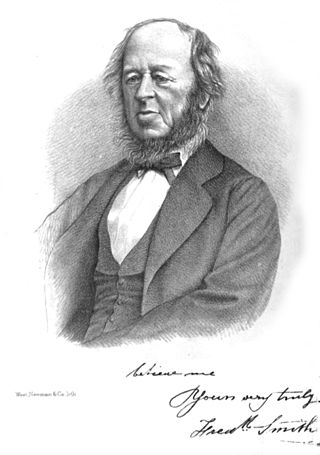
Frederick Smith was a British entomologist who worked at the zoology department of the British Museum from 1849, specialising in the Hymenoptera.
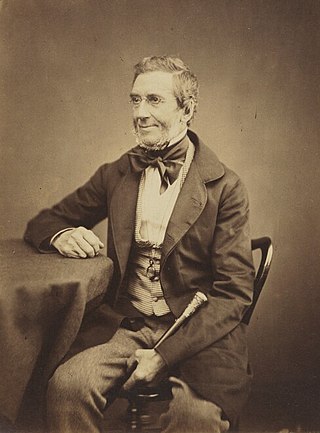
John Curtis was an English entomologist and illustrator.
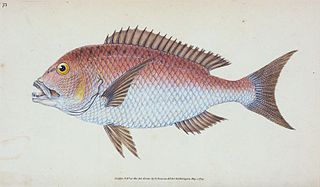
Edward Donovan was an Anglo-Irish writer, natural history illustrator, and amateur zoologist. He did not travel, but collected, described and illustrated many species based on the collections of other naturalists. His many books were successful in his time. He died penniless in 1837 leaving a large family destitute.

Francis Walker was an English entomologist. He was born in Southgate, London, on 31 July 1809 and died at Wanstead, England on 5 October 1874. He was one of the most prolific authors in entomology, and stirred controversy during his later life as his publications resulted in a huge number of junior synonyms. However, his assiduous work on the collections of the British Museum had great significance.

Alexander Henry Haliday was an Irish entomologist. He is primarily known for his work on Hymenoptera, Diptera, and Thysanoptera, but worked on all insect orders and on many aspects of entomology.

William Sharp Macleay or McLeay was a British civil servant and entomologist. He was a prominent promoter of the Quinarian system of classification.

The Royal Entomological Society is devoted to the study of insects. Its aims are to disseminate information about insects and improving communication between entomologists.
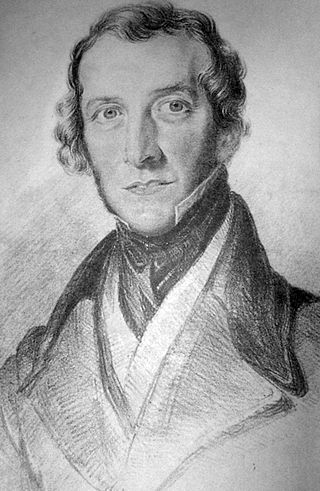
Frederick William Hope was an English clergyman, naturalist, collector, and entomologist, who founded a professorship at the University of Oxford to which he gave his entire collections of insects in 1849. He described numerous species and was a founder of the Entomological Society of London in 1833 along with John Obadiah Westwood.

The Brachyceran infraorder Xylophagomorpha is a small group that consists solely of the family Xylophagidae, which presently contains subfamilies that were sometimes considered to be two small related families. Other obsolete names for members of this family include Exeretonevridae and Heterostomidae.

Adam White was a Scottish zoologist.

Carnidae, also known as bird flies or filth flies, is a family of flies (Diptera). There are 6 genera, containing about 93 species worldwide.
Michael Chinery is an English naturalist.



















